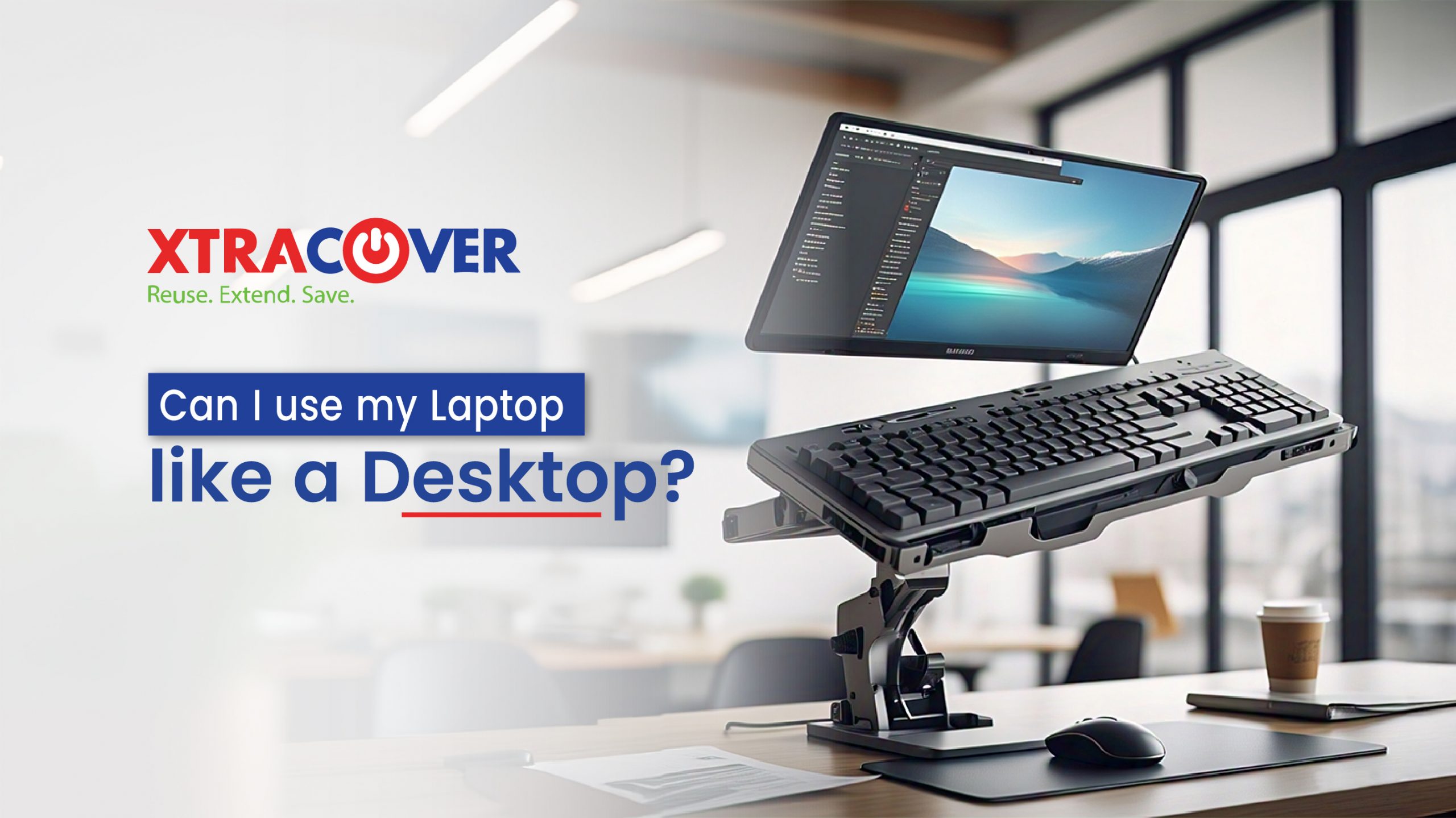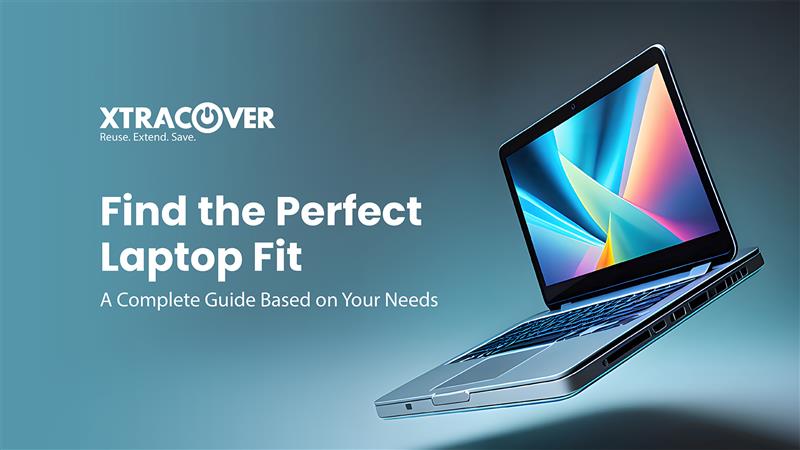Laptops have long been the go-to devices for their portability and convenience, a one-size-fits-all solution for work, social life, school, and entertainment. On the other hand, desktops have been known for their flexibility in customization, offering users the ability to upgrade individual components to meet their needs. Laptops have been pretty rigid when it comes to customization options, particularly when compared to their desktop counterparts.
But in this blog, we will explore if advancements in technology have helped in the customization of laptops.
What Are The Limitations In The Customization Of Laptops?
Originally, laptops were not designed with upgrades and customizations. In desktops, components like the CPU, RAM, storage, and graphics card can be easily swapped out. On the other hand, laptops were built as integrated systems.
Laptop manufacturers designed their devices to be compact and slim which meant that parts like the motherboard, cooling system, and battery were hard-wired into the frame, leaving very little room for modification but users could still make some basic changes like upgrading the RAM to improve multitasking performance, changing the storage where hard drives (HDD) could be replaced with solid-state drives (SSD) for faster data access and boot times and, external upgrades where accessories like external monitors, keyboards, and docking stations could enhance functionality. But these didn’t alter the internal workings of the laptop itself.
Advances in Laptop Customization:
With the increase in the popularity of gaming laptops, powerful ultra-books, and creator-focused machines, manufacturers have started to recognize the demand for increased customization.
Let’s see how far they have reached!
1. Modular Laptops
Modular laptops are designed with easily swappable and upgradable components, allowing users to repair, upgrade, or change parts like the keyboard, ports, or graphics card without needing to replace the entire device.
Companies like Framework and Dell have developed laptops that are designed to be more easily upgraded by users. These modular laptops allow you to swap out components such as the RAM, storage, battery, and even the motherboard.
This is a major step toward desktop-like customization. By providing easily accessible components, users can extend the life of their laptops, upgrade them for better performance, or even replace damaged parts without needing to buy an entirely new device.
2. Gaming Laptops with Customizable Features
Gaming laptops have always been some of the most powerful and customizable laptops available. Manufacturers like Alienware (Dell), Razer, and MSI offer laptops designed with high-end components that can be upgraded in some cases.
While you can’t swap out the graphics card like you would in a desktop, certain models will allow you to do the following:
- Upgrade RAM and storage easily by adding an external GPU (eGPU), which gives users a way to boost graphics performance without buying a new laptop.
- Adjust cooling systems through the cooling fans, either by adding external fans or tweaking internal fan settings.
- Gaming laptops have come quite close to offering a level of customization that wasn’t available earlier.
3. Upgradable SSDs and RAM
Some high-end ultrabooks and premium laptops have begun to make RAM and storage upgrades easier. Devices like the Lenovo ThinkPad series and HP Spectre X360 allow users to upgrade RAM and swap out SSDs. Although the internal GPU and CPU are typically fixed, the ability to upgrade core components such as memory and storage offers a level of customization that many laptops have lacked in the past.
4. Custom Software & Personalization
Laptops have been customizable on the software front, and this is still one of the most significant advantages over desktops in nearly every aspect of your device’s software environment- operating system themes to keyboard shortcuts and app configurations can be changed.
Laptops support a variety of third-party applications and utilities, enabling users to tailor their system experience, especially in terms of battery-saving features and portability-related customizations.
But are they customizable?
No, we are yet to attain that! There are considerable limitations.
Laptops typically have integrated CPUs and GPUs, meaning these components cannot be upgraded.
- Cooling Systems: While desktops have elaborate cooling systems, including custom water loops and multiple fans, allowing for more effective heat management, laptops are yet to get there as they are tied by their compact form factor, which constricts the extent to which cooling systems can be upgraded.
- Screen Customization: Unlike desktops, where you can select from a variety of monitors, the screen on a laptop is fixed. Exception display quality is limited to some high-end laptops.
So, while laptops have come a long way in terms of customization, they still can’t quite match the versatility of desktops, particularly when it comes to upgrading the CPU or GPU or adding elaborate cooling systems.
Although the ability to upgrade components like RAM, storage, and even the motherboard is a huge step forward, making laptops more adaptable and future-proof than ever before, the trophy for both portability and flexibility in customization goes to desktops!


















